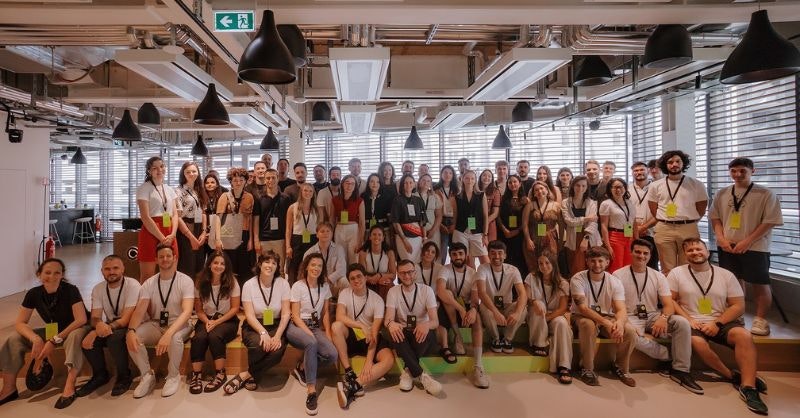It’s been a tough few years for startups — and VCs — out fundraising.
In 2024, European VCs raised around €20bn, according to PitchBook data, across 161 vehicles. That’s the lowest count in a decade, and well under the peak of 467 funds in 2022.
While some huge funds have been raised — Index Ventures ($2.3bn), Balderton ($1.3bn), Atomico ($1.24bn), Accel ($650m), Creandum (€500m) — the long-tail of smaller and less-established VC firms have had a harder time.
A Sifted recent survey of 64 VCs found that 36% of firms have had to ask their LPs for an extension to their most recent fundraise. That’s despite trying pretty hard to get funds closed: 41% of respondents told us they’d had conversations with over 100 LPs in the past two years.
However, that is a slight improvement on last year, when 51% of respondents told us they’d had over 100 LP conversations in the past 24 months.
VCs are also more optimistic about their chances of returning capital to LPs next year, with 91% of respondents saying they expect to return more capital to their LPs in the next 12 months than the past 12 months. (Last year, 72% of respondents said they expected to get some liquidity in the upcoming year.)
Who’s fundraising?
45% of the VCs that responded to Sifted are currently fundraising. A further 25% expect to begin raising their next fund in 2025.
Most (61%) respondents are early-stage investors; 28% invest at Series A; and 11% at Series B or above. 95% of respondents are European investors investing in Europe; 5% are US investors investing in Europe.
Who are they raising from?
Family offices and high-net worth individuals are the most common backers of European VCs; 84% of respondents have this category of LP in their funds.
Meanwhile 37.5% have a corporate as an LP, while 33% have a fund of funds. This is broadly in line with last year’s findings, when these three categories were also the most common LP types.
Family offices and high-net worth individuals are deemed to be the easiest kinds of LPs to raise from at the moment; other VCs and endowments are considered the toughest, according to our survey.
However, our respondents had mixed views on whether family offices are becoming increasingly interested in investing in VC or not, with roughly a third saying they’re becoming more interested, and a quarter saying they’re becoming less interested.
The number of LPs in each fund varies hugely; 31% of respondents have under 10 LPs in their funds; while 19% have over 50 LPs.
European VCs’ LPs are predominantly based in Europe.
22% of respondents said they have more LPs in North America than anywhere else; another 22% said the largest percentage of their LPs is in the UK.
Most (56%) of our respondents have not raised money from state-backed LPs. For some, this is a choice: four VCs said they wouldn’t take public money.
Reasons not to invest
Just half of our respondents have returned capital to their LPs over the past 12 months; 91% say they expect to return more capital next year than this year.
For some LPs, that lack of liquidity is a reason not to invest in new VC funds. 12 of our respondents said LPs have turned them down because of a lack of DPI (distributions to paid-in capital, ie. the ratio of capital returned to investors compared to the amount paid in), or liquidity.
Other respondents say they have been turned down by LPs because their funds are too small (or too big), too early-stage and too focused (or not focused enough).
They added that some LPs do not invest in first-time or emerging funds, while others have blamed the broader economy for not wanting to invest.
Reasons not to take investment
It wasn’t just LPs doing the rejecting though. Respondents told us they would refuse an LP’s money if they were a celebrity, an “asshole” or “anyone shady”.
Others told us they would refuse LP capital that came from arms, pharma and “vice” industries, sanctioned states or had too many strings attached.
Several said they would not take either Russian or Chinese money.
But one said: “If cash is on the table, you got to take it… particularly in this environment.”



